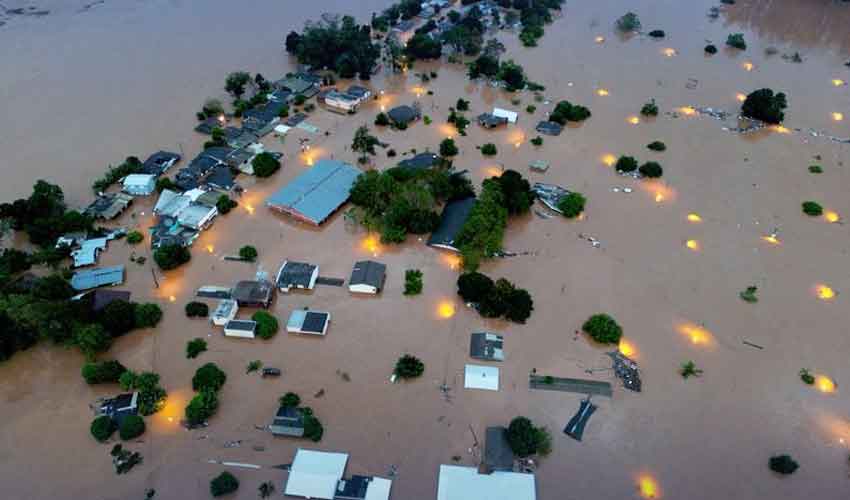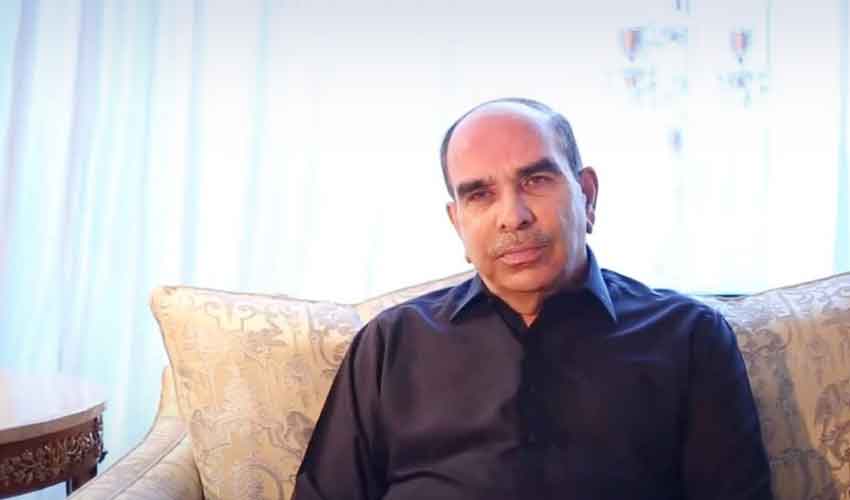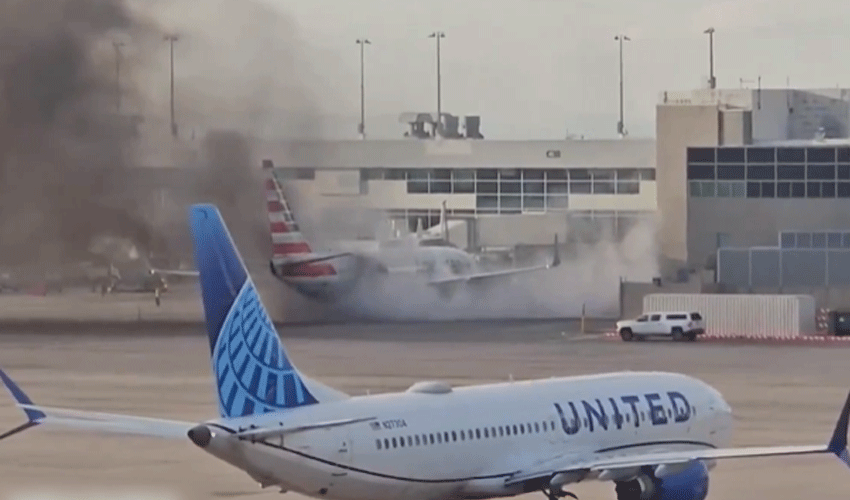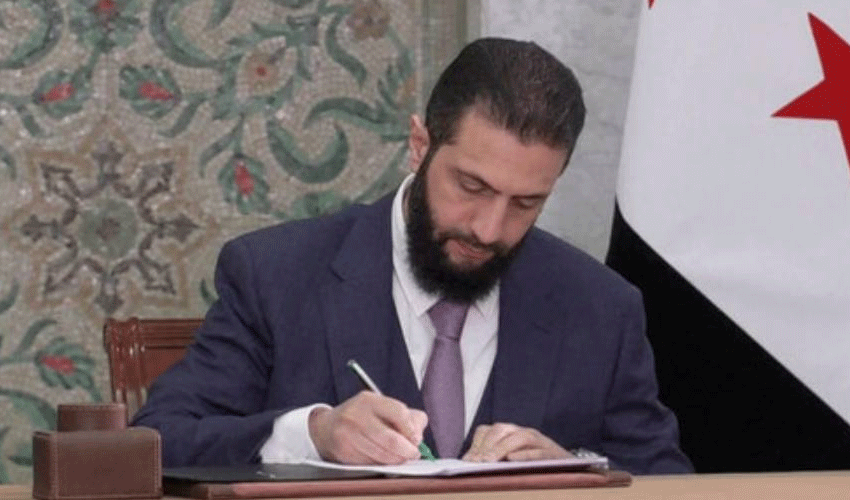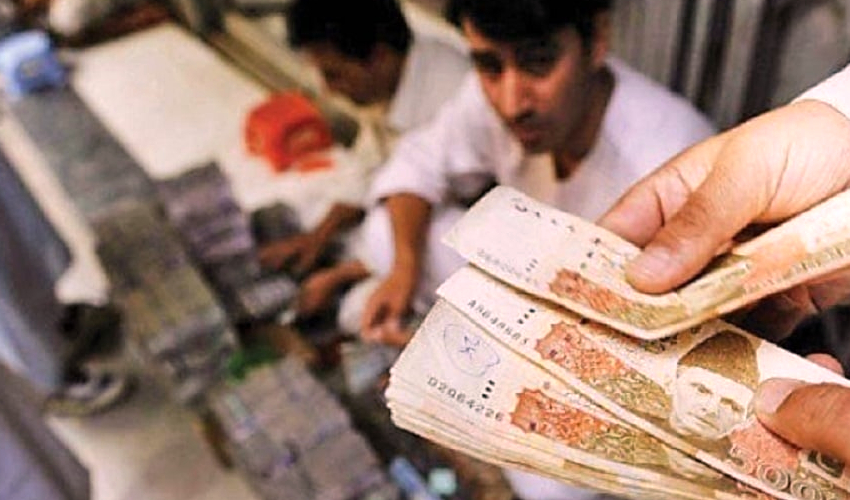At least 39 people have died as a result of the intense rains that have hit Rio Grande do Sul, the southernmost state of Brazil, according to local authorities on Friday.
The number of fatalities is expected to rise because many more people are still missing.
The storms in Rio Grande do Sul, which borders Uruguay and Argentina, damaged over half of the state's 497 cities; as a result, the civil defence authority reported that at least 24,000 people had been displaced and that 68 people were still missing.
Governor Eduardo Leite of Rio Grande do Sul told reporters, "These numbers can still materially change over the following days as we gain access to more regions."
Streets in a number of towns practically became rivers, and bridges and roads were destroyed. The storm also caused landslides and the wall of a dam structure collapsed at a small hydroelectric power plant.
Residents in the vicinity of the city of Bento Gonçalves are being ordered to evacuate, as authorities declared that a second dam there was also in danger of collapsing.
The Guaiba river overflowed its banks in Porto Alegre, the capital of Rio Grande do Sul, and flooded streets prevented people from accessing the city's historic central neighbourhoods. Due to the state's location at the meeting point of the polar and tropical atmospheres, it experiences extreme weather patterns from intense drought to heavy rain.
Scientists in the area think that climate change is to blame for the pattern's increasing intensity.
Rio Grande do Sul experienced heavy rains when an extratropical cyclone produced floods that claimed more than 50 lives in September of last year. That followed over two years of limited showers and a prolonged drought brought on by the La Niña phenomenon.
On Thursday, President Luiz Inácio Lula da Silva visited the state's affected areas and spoke with the governor about the rescue efforts.
Lula promised on Friday, back in Brasília, that his administration would assist regional relief and rebuilding initiatives.





